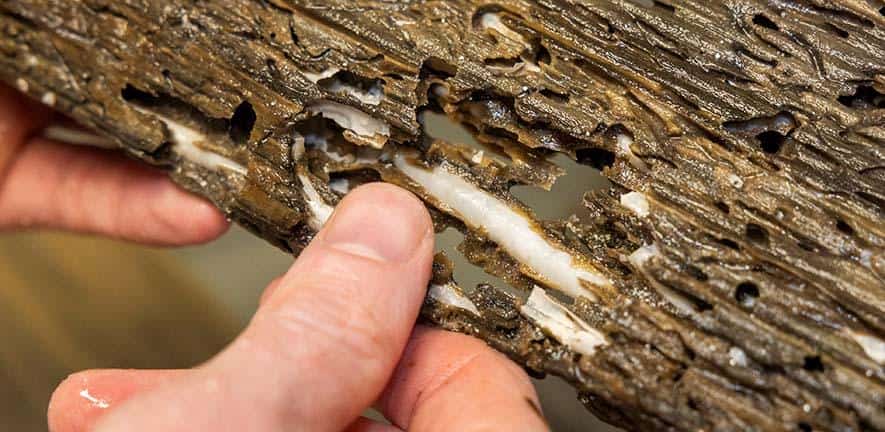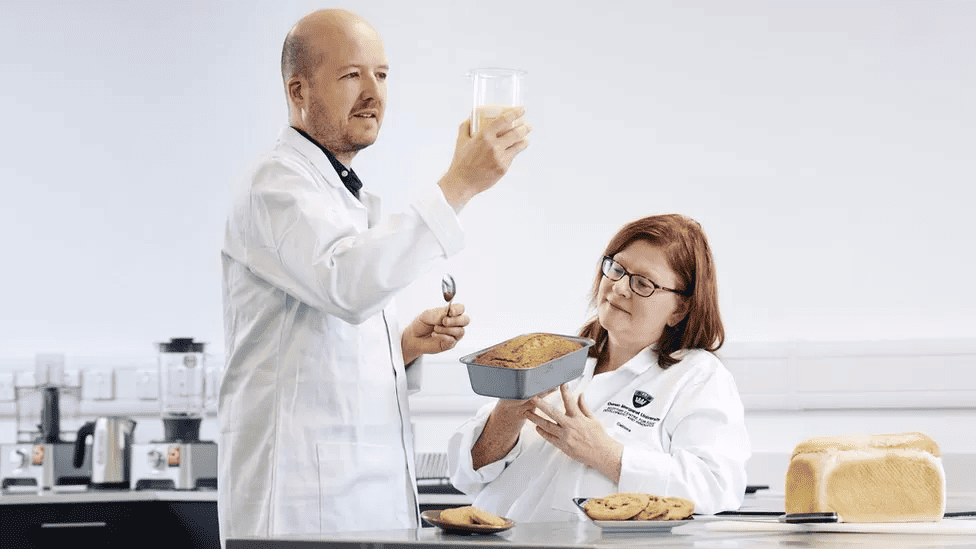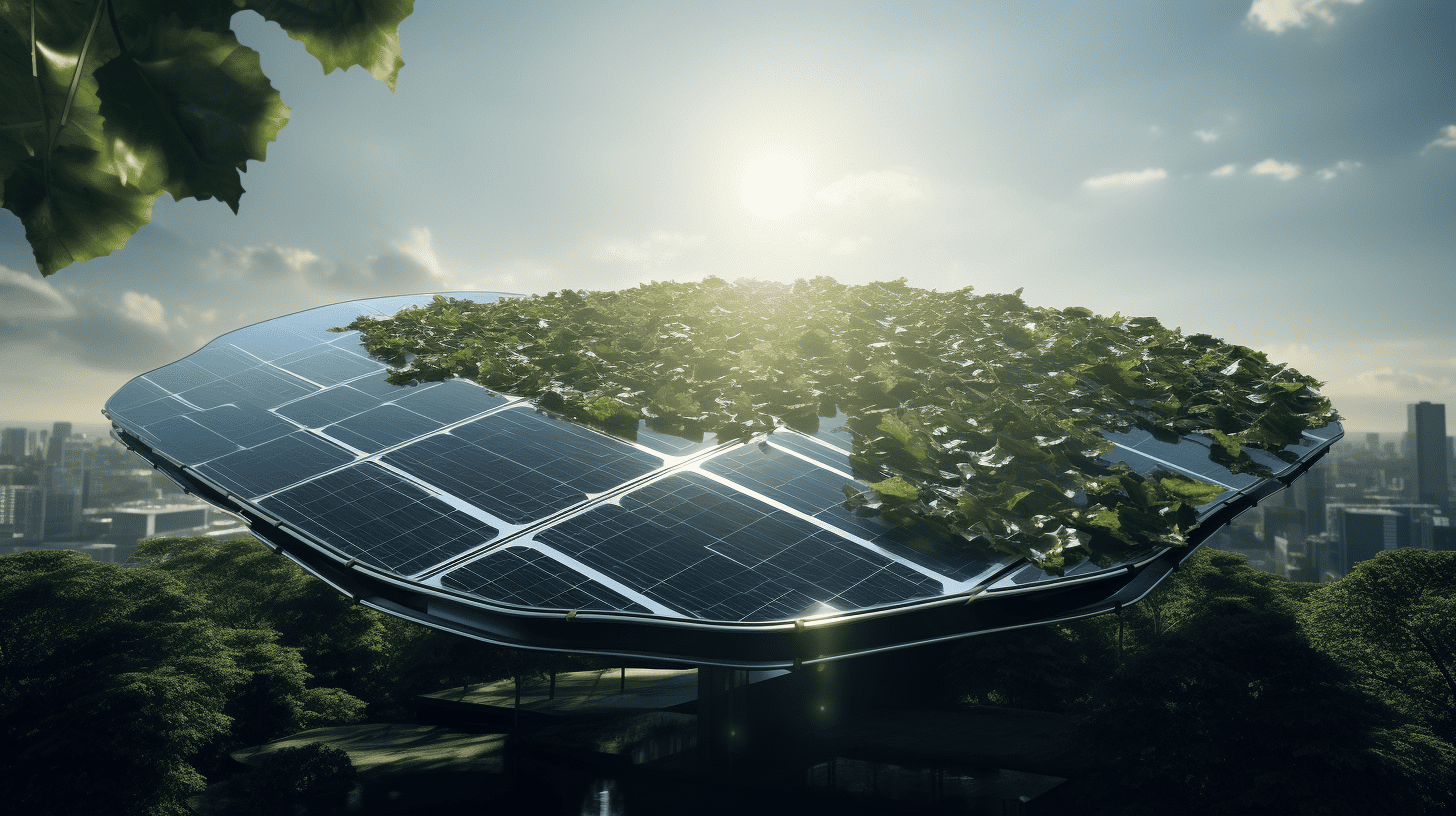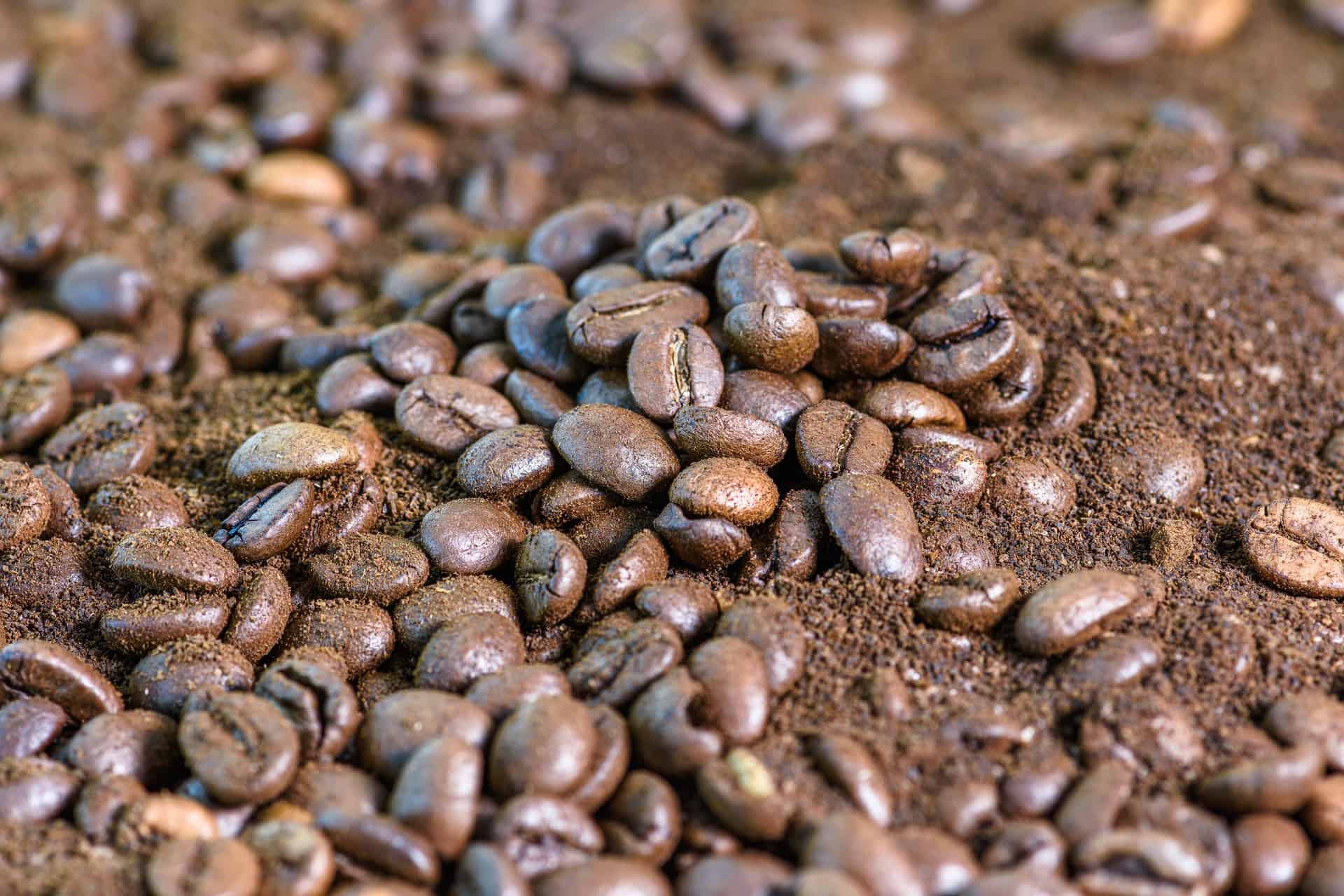
Espresso, americano, or macchiato, there are plenty of ways to enjoy coffee, with countless options of beans and blends. For many, it is a ritual, for others, just a habit. It doesn’t matter if it’s a cortado or a double espresso, each cup of coffee produces waste. Although usually discarded, these kinds of leftovers still contain valuable nutritional elements. Researchers at Aston University in the United Kingdom decided to utilize them by feeding coffee grounds with microalgae for the production of biodiesel.
Why is spent coffee suitable for biodiesel production?
Used coffee grounds contain valuable nutritional substances for the cultivation of microalgae. In fact, they are rich in oils, which are the main nutrient for algae and also what make up biodiesel. “Coffee grounds contain between ten and fifteen percent in oils. In a previous study that looked into ways to produce biodiesel from it, we had already understood the potential. Used coffee grounds still contain antioxidants and proteins, nutrients that help organisms flourish,” Innovation Origins Dr. Vesna Najdanovic explained. A chemical engineer, she and her colleague Dr. Jiawei Wang worked on the team at Aston University as part of an international project funded by the Global Challenges Research Fund sponsored by UK Research and Innovation.
These days, biodiesel is mostly sourced from crops. Palm trees in particular are cut down to produce palm oil – used in the food industry and in the production of organic diesel. Other sources of oil are soybeans and sunflowers. These practices cause the deforestation of large areas in southeast Asia and are responsible for thousands of tonnes of greenhouse gas emissions each year. One alternative is to cultivate microalgae. British scientists chose a species called Chlorella vulgaris because of its ability to resist harsh conditions and invading organisms. The concept used by Aston takes a circular approach, making the most of a used – but still precious – resource.

Coffee land
Much like a plot of land, the coffee grounds served as soil for microalgae to grow. Water and light were the only nutrients that fed the oil-rich algae. Lighting stimulates the growth process because algae use it to absorb carbon dioxide in order to reach maturity. After an initial period of rapid growth, Chlorella vulgaris reached a growth plateau. The researchers took samples of the algae throughout the process to keep track of all the parameters.
Then, it is time to harvest. “Biomass is first removed from the water by filtration and subsequently dried. Next, we recover oils produced by the microalgae biomass using an organic solvent, by doing a so-called solid-liquid extraction. In other words, the solvent selectively extracts oils from the solid biomass, something similar to what happens in brewing processes – similar to the coffee-making process, where water is the solvent that extracts flavors. In our case, the organic solvent works on the oils. At that point, the oils are ready for synthesis into biodiesel fuel,” the researcher explains.
Higher level of efficiency
The chemical composition of biodiesel is made up of fatty acid methyl esters – FAME. The Aston researchers found that the FAME configuration in the algae-derived fuel is stable. “However, to compare performance with conventional biodiesel fuel sources, we’ll need to do more analyses and combustion experiments,” Najdanovic stresses.
Yet, it appears that coffee grounds are more promising than other ways of feeding algae. A conventional way to do this is to grow microalgae in water, where it freely grows submerged in water mixed with nutrients. This method yields a very dilute output with a total content of less than 1 percent of solids. Consequently, harvesting algae this way turns out to be an expensive and energy-intensive process.
For this reason, scientists previously experimented with solid structures, growing algae on polyurethane foam or nylon. On the one hand, this proved to be a good plant bedding system – which makes it easier to harvest the organisms – on the other hand, the algae needed supplemental nutrients to develop. Spent coffee grounds are substantial and nutritious enough, and most importantly, they are produced every day and everywhere.

Mushrooms, fuels, and logs from spent coffee
Every day, 2.25 billion cups of coffee are consumed worldwide. Each one of these uses an average of 11 grams, culminating in 18 million tonnes of used coffee grounds per year. Several ideas on how to valorize this nutrient-rich waste stream became reality.
A coffee recycling factory in the United Kingdom is processing spent coffee grounds to turn them into coffee logs. The company claims that logs burn hotter, longer, and are more environmentally friendly than kiln-dried wood. Another company, British GroCycle is using coffee grounds to grow mushrooms, as it’s easy to source substrate that doesn’t require further sterilization – which is the case for conventional mushroom cultivation.
Dunkin’ Donuts itself used spent coffee grounds to produce biodiesels that power a house, and now Aston has also come up with a microalgae breakthrough. “Microalgae belong to the third generation of raw materials, which means they do not compete with crops that are used for food – such as soybeans and rapeseed. The fact that they can be produced on non-agricultural land is also a major advantage,” Najdanovic points out.
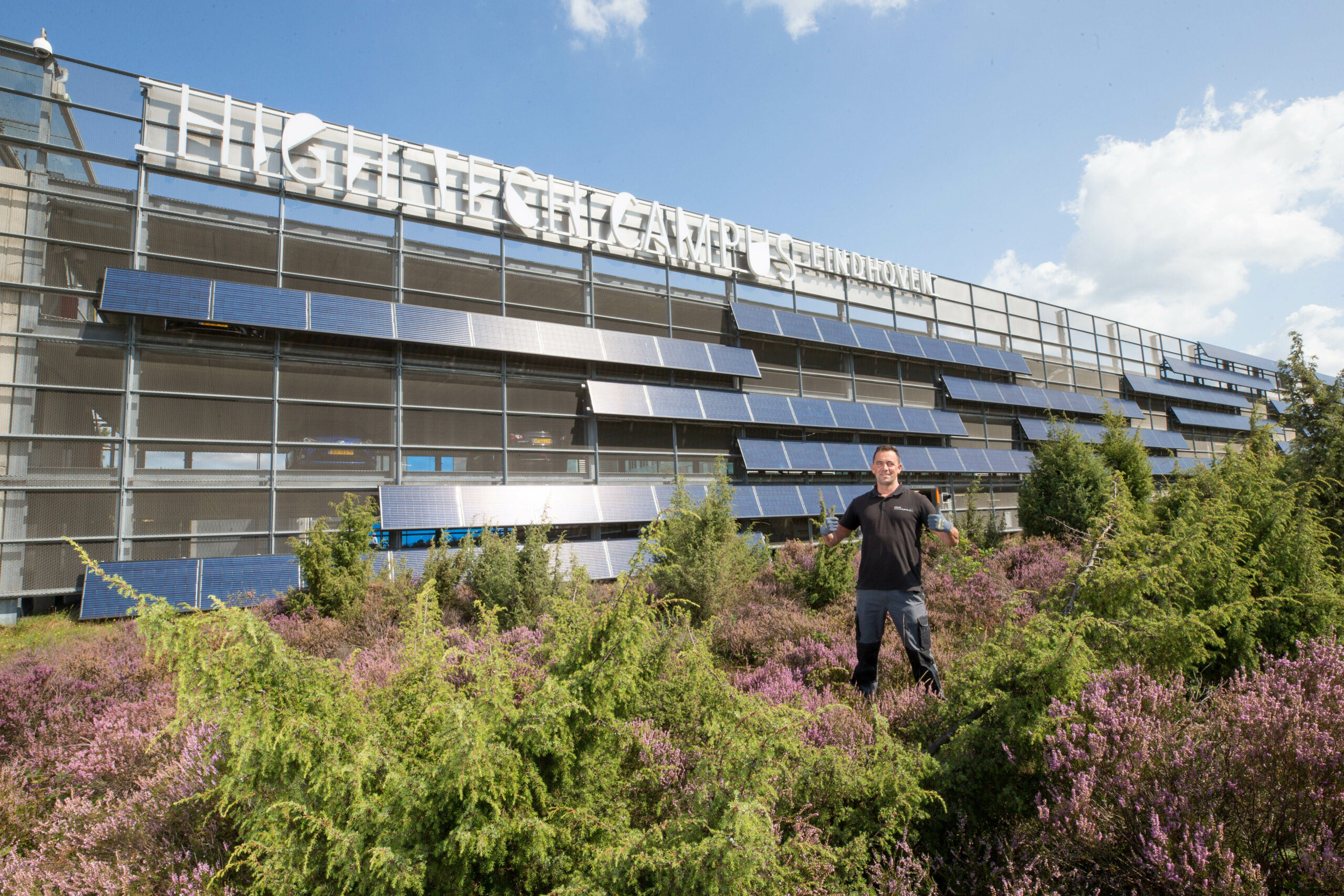
Coffee powder or coffee power?
Up until now, all trials had taken place in university labs. In order to understand the actual feasibility of the method, it needs to be scaled up. “More research will help us figure out the technical ins and outs of harvesting, processing and biodiesel production,” the engineer adds. “It would help to test growth at the scale of a pilot plant. What’s more, we need to consider all of the economic aspects, from initial investment costs to equipment and the return on investment. What should be done with the resulting biomass is another question. We are looking for opportunities and companies that may be interested in this type of research.”





